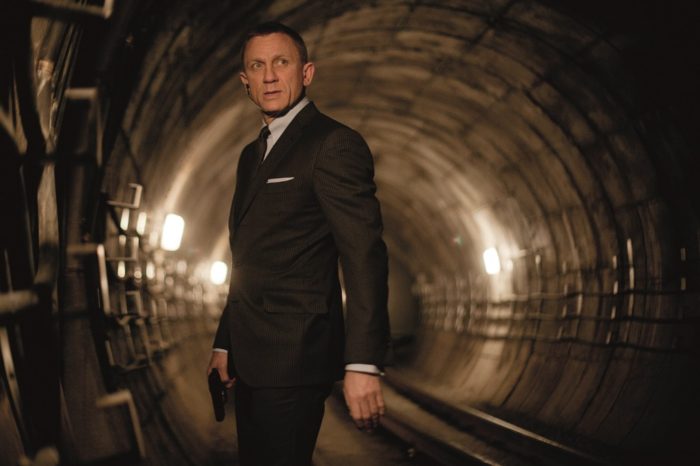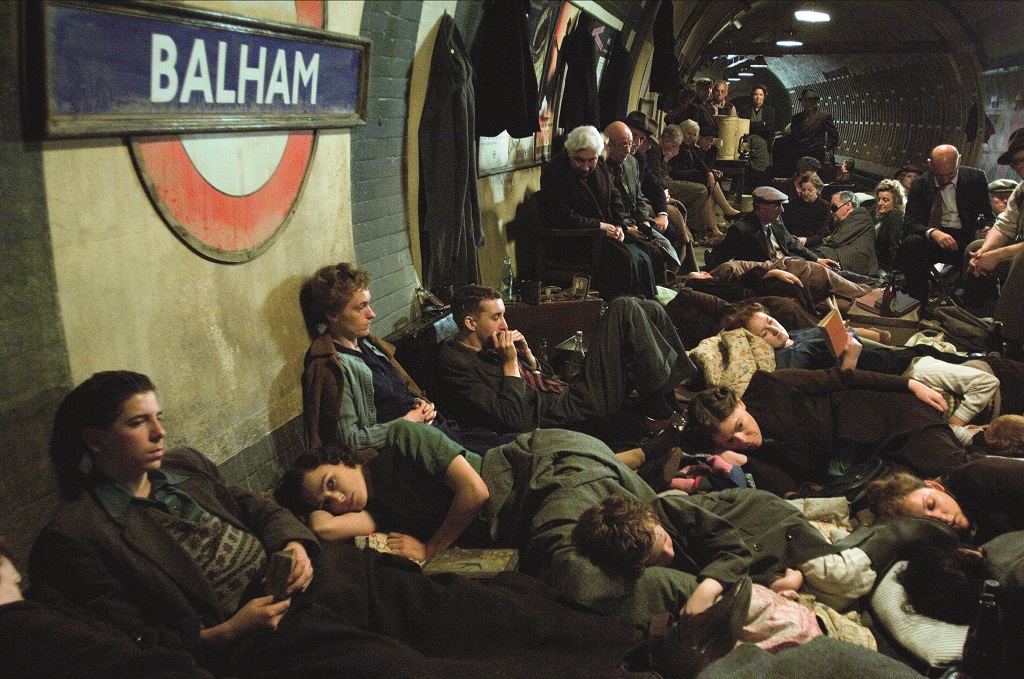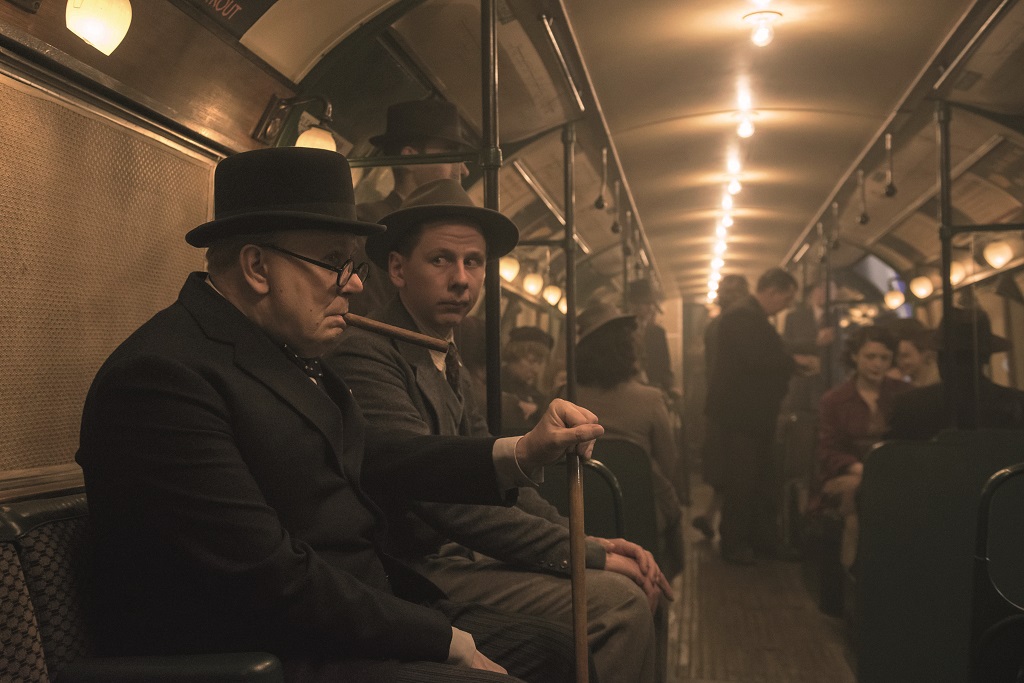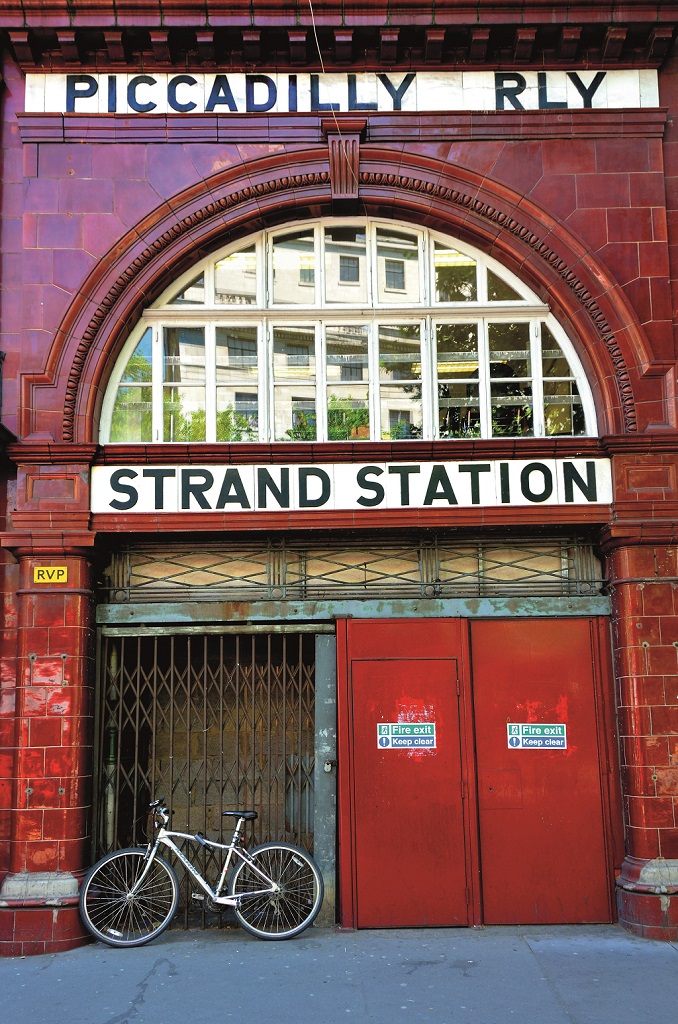London’s disused tube stations as film sets: From Holborn to Hollywood

Central London’s disused Tube stations make for some of the capital’s most iconic film sets, says Jenny Rowe
Disused Tube stations in London
The London Underground – or the Tube as it is colloquially known – is a real rabbit warren of history and mystery. The first section of the Metropolitan Line was completed in 1863, making it the world’s oldest subterranean railway.
London was not only quick to begin its underground network, it was also quick to change it, too. And it hasn’t stopped changing ever since, as the London Transport Museum (LTM)’s long-running Hidden London exhibition and accompanying book comprehensively contest. So, as they quickly went from being marvels of engineering brilliance to occasional movie sets, why did London end up with such a litter of disused tube stations?
Covent Garden seems like the ideal place to unearth the cinematic secrets of the London Underground. It is here that visitors can watch in awe as commuters hop on and off the trains like clockwork at rush hour, navigating a system that appears to have no rhyme or reason with total ease.
Take for instance Charing Cross and Embankment stations, which exist within metres of each other, take at most three minutes to walk between, and are even served by the same lines. This isn’t an elaborate practical joke to fool out-of-towners, but rather the outcome of independent (and therefore competing) companies building and operating separate Tube lines – and stepping on each other’s toes in the process. Although all lines are now managed by Transport for London (TfL), an early lack of cooperation resulted in two stations being built simultaneously at either end of the Strand, the busy thoroughfare that connects Trafalgar Square with Fleet Street.
The first ‘Strand’ station opened at the western end of the street on 22 June 1907; known as ‘Charing Cross’, it was part of the Hampstead Tube (now the Northern Line). On 30 November of that same year, an actual Strand station opened at the eastern end of the street, acting as a terminus for a short line running from Holborn. Plans were to extend the line south of the River Thames, but this was never more than a pipe dream and the line largely operated instead as a shuttle service for theatregoers.

Eight years later, a rebranding saw Charing Cross renamed ‘Strand’, while the ‘old’ Strand became ‘Aldwych’. The latter was rarely used and considered for closure, before being converted into a public air raid shelter in 1940. Photographs of the shelter’s 1,500 bunks were used to raise morale and spread the message that Londoners could “take it”. However, hope for a post-war resurgence was unfounded and Aldwych was finally wiped from Tube maps in 1994.
Meanwhile, the ‘new’ Strand was used until 1973, when it closed for six years, merged with Trafalgar Square station and reopened as the new Charing Cross, complete with new Jubilee Line platforms. When the creation of the financial district at Canary Wharf drastically changed plans for that line, the route veered east via Green Park instead. After two decades, the Jubilee Line platforms suffered the same fate as Aldwych before it and were abandoned in 1999. But as one door closed, another opened. These eerily undisturbed plots of historic underground real estate were soon eyed up by another industry: Hollywood came knocking.
A special TfL department, the Film Office, is responsible for this lucrative arm of the business, managing the many requests it receives from film crews worldwide. As might be expected, the time capsule offered by Aldwych is popular as a set for wartime films. Even the ladies’ washroom and lifts, installed in 1906-’07, remain in situ. In the 2007 romantic war film, Atonement, Aldwych stands in for Balham station, which gets bombed during the Blitz, destroying its gas and water mains and flooding the tunnels. This was based on the real, tragic event of 14 October 1940, which killed at least 64 people.
Another wartime film, 2017’s Darkest Hour, also made use of Aldwych’s Edwardian period features. The film depicts Winston Churchill in his early days as Prime Minister during the Second World War, as he grapples with the equally unappealing options of negotiating with, or else fighting, Hitler. In the Underground scene, Churchill seems to be doing some qualitative market research; attempting to gauge the “mood of the British people”. Though records suggest Churchill did sometimes pop up in London to talk to the public, the screenwriter, Anthony McCarten, admits he exercised a little poetic license here. In the film, Churchill asks for directions (yes, even the Prime Minister would have found the Tube difficult to navigate, particularly as his Rolls-Royce and driver would have saved him from having to use it), before boarding a train for one stop and alighting at Westminster. Aldwych was the perfect set for this sequence, as its lines remain operational.

The LTM’s Assistant Director of Learning and Collections, Chris Nix explains that “producers use the disused station sets to clearly signal that ‘we are in London’. Like the Palace of Westminster or a red London bus, once you see the Tube’s roundel there’s only one place you can be.” 2012’s Skyfall, the 23rd movie in the James Bond series, is possibly the most high-profile film to make use of disused stations for this reason.
It was also the most ambitious, spending almost six months at the more contemporary-looking disused Jubilee Line platforms at Charing Cross to stage complex stunt sequences – including that epic escalator slide. “Five months could have passed in real time between one camera angle and the next,” reveals Nix.
Similarly, the historical drama series, Mr Selfridge, which told the story of the businessman behind the eponymous London department store, tapped into the London Underground’s prestigious heritage credentials when it was filmed a few years ago. More recently the TV drama Mrs Wilson and thriller Killing Eve both benefited from disused Tube sets.

Other genres, such as the 2014 horror film The Woman in Black: Angel of Death, which opens on the dingy disused platforms at Charing Cross, use the locations to set a more supernatural tone. A feeling of claustrophobia is also channelled in SS-GB, a 2017 wartime television series with a surreal twist: the plot is based on the premise that the UK was conquered and occupied by Germany during the Second World War. With a few clever additions, props teams are able to transform stations, sometimes dressing them up as four different locations in a single day.
Chris Nix, who is also a Hidden London tour guide, stumbled upon this particular set a day before the filming finished: “Nazi party symbols, including the Imperial Eagle, and a scarily-authentic U-Bahn-inspired Underground lineside map had been plastered on the walls. It was really sinister and totally unrecognisable.”
“Adapting our behind-the-scenes tours to the contents of this ever-changing live stage is part of their appeal,” he adds. “You never know what the film crew may have left behind in the poster frames.” Dates and details of the Hidden London tours, which rotate around eight sites including Aldwych and Charing Cross, are regularly circulated via the LTM’s newsletter and listed online.
From Holborn to Hollywood, Tube stations that were once written off completely have in fact travelled the furthest, transporting us through time and space, racking up an impressive list of credits in the process. And the London Underground system as we know it today is by no means set in stone. Plans are well underway for an extension to the Northern Line, to include two new stations in Wandsworth and Battersea, and an entirely new route, the Elizabeth Line, which will travel east-west through central London.
If other stations fall by the wayside as a result, who knows what unforgettable movie moments this spooky subterranean world might inspire next.
Discover Britain is the official media partner of London Transport Museum’s exclusive ‘Hidden London’ tours. Virtual tours of some of their sites, including Aldwych, are bookable via London Transport Museum’s website. www.ltmuseum.co.uk



